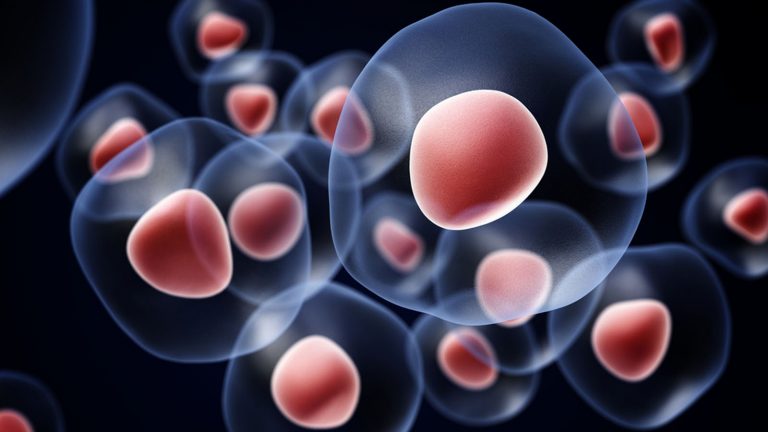
Neurocrine Biosciences, Inc. (NASDAQ:NBIX) is having a great week. On Monday, the company put out data from a drug that it’s developing in collaboration with Big Pharma giant AbbVie Inc (NYSE:ABBV). The data related to a drug called elagolix, which the two companies are developing in collaboration with one another (with AbbVie taking the lead), and is targeting the reduction of heavy menstrual bleeding in premenopausal women with uterine fibroids. The numbers came from a phase IIb study, and were presented at the third Congress of the Society of Endometriosis and Uterine Disorders (SEUD) – a big date on the calendar in this space. The study hit its endpoint (a reduction in the number of heavy bleeding days within six months from baseline when compared to placebo) and the two companies enjoyed a jump in their markets capitalizations as a result.
That was just the start, however.
The real news for Neurocrine and its shareholders came after hours on Tuesday, when the company announced that the FDA has accepted its lead development asset for approval. This one’s called Ingrezza, and it’s targeting a condition called tardive dyskinesia. We actually pinpointed this as one to keep an eye on a couple of months ago. It’s got a large potential market, and an approval would be (and now is) game changing for Neurocrine going forward.
So, with this noted, let’s take a look at what the drug is, what it means for this population, and what the company (and its shareholders) can expect post-approval.
Tardive dyskinesia is a condition that causes involuntary movements across various parts of the body, most commonly the tongue, lips, face, trunk, and extremities (fingers, toes, etc.) It generally derives from the overuse (or simply chronic use) of high dose antipsychotic drugs, but it can also occur in children. In the latter population, it generally derives from children using drugs to treat gastrointestinal drugs.
Whatever the root cause, it’s pretty common (especially in the US) and affects around 500,000 people in the country. Up until now, there was no cure, and no really effective treatment. A few off label drugs formed the bulk of the market, but none really addressed the problem long term.
Ingrezza, which bears the scientific name valbenazine, acts as what’s called a vesicular monoamine transporter 2 (VMAT2) inhibitor. Nobody really knows what causes dyskinesia, but the common theory is that it comes about as a result of drug induced hypersensitivity to dopamine. VMAT2 is the part of the brain responsible for loading dopamine into the synapses, so the idea is that by inhibiting VMAT2, less dopamine gets loaded into the synapses, and the hypersensitivity, while not reduced, becomes less important (as there’s less dopamine floating around). It’s a pretty neat MOA, and data shows that while we still don’t know why dyskinesia occurs, it works.
So, the FDA accepted the company’s NDA submission in October last year, and set a date for an advisory meeting for February 16, followed by a PDUFA of April 11. The former was then cancelled, which had markets a bit panicky on what the FDA was thinking when it cancelled the meeting. This is a great example, however, of when a cancellation like this doesn’t necessarily imply the worst.
Anyway, as we’ve said, the FDA just green-lighted the drug, and Neurocrine is up close to 25% on the news.
So what does it mean going forward?
Well, analysts have put potential peak sales at $1 billion, so there’s obviously a lot of potential upside on a succesfull commercialization execution. It goes beyond that, however. The drug got past the agency with a relatively clean label – there’s no black box warning, or any suicidal ideation side effects listed. This is important, because Teva Pharmaceutical Industries Ltd (ADR) (NYSE:TEVA) is also developing a similar drug, one that is already approved in another indication, but will come up for review in tardive dyskensia later this year. In its already approved indication, the Teva asset has a black box for suicidal ideation, suggesting it’s going to have to suffer a similar label if and when it picks up a dyskensia green light. The fact that Neurocrine’s drug doesn’t have this label, then, gives it a distinct advantage (if Teva’s does) and also removes some potential forward competition that might have diminished the blockbuster potential of the asset.




